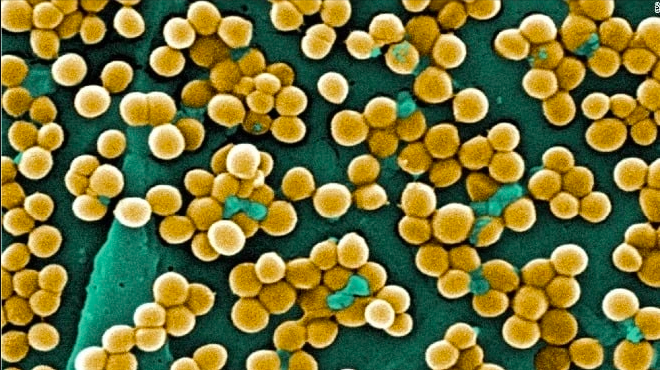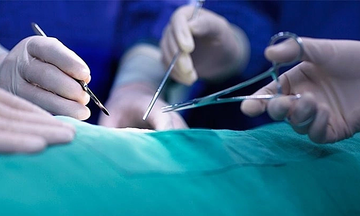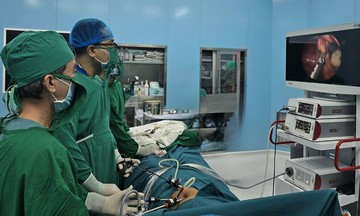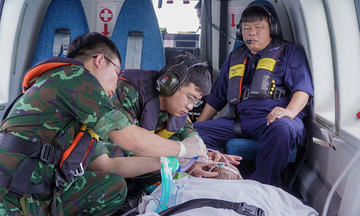On 4/9, Dr. Nguyen Thi Hiep from the Department of Gastrointestinal Infectious Diseases at the 108 Military Central Hospital, reported that the patient's blood culture tested positive for Staphylococcus aureus. He had abscesses in the pelvic muscles on both sides, along with vertebral and disc destruction and meningitis.
After 20 days of treatment, the patient is now alert and responsive, his fever has subsided, and the wounds on his foot and leg are healing.
This case highlights the dangers of Staphylococcus aureus, a highly toxic bacterium present on the skin of about 30% of healthy individuals. While generally harmless, it can enter the body through minor skin injuries like scratches, insect bites, or even pimples, especially in people with weakened immune systems. Staphylococcus aureus bloodstream infections are increasingly common, can progress rapidly, and have a high mortality rate due to antibiotic resistance and the formation of abscesses in various organs.
The most serious complications of Staphylococcus aureus bloodstream infections include endocarditis, septic shock, and multiple organ failure. The bacteria can attack the heart valves, causing prolonged fever, shortness of breath, and even lead to valve perforation or blood clots causing stroke or pulmonary embolism. Besides the heart, other organs such as the lungs, brain, and especially the musculoskeletal system are also commonly affected.
To prevent infection, medical experts advise against squeezing pimples or other skin inflammations. Instead, maintain good personal hygiene and wash hands frequently with soap. Clean any open wounds, even the smallest ones, with soap and water, and then bandage them properly. Seek immediate medical attention if you experience symptoms like high fever, chills, fatigue, and skin lesions.
 |
Staphylococcus aureus bacteria. Photo: *CNN* |
Le Nga












